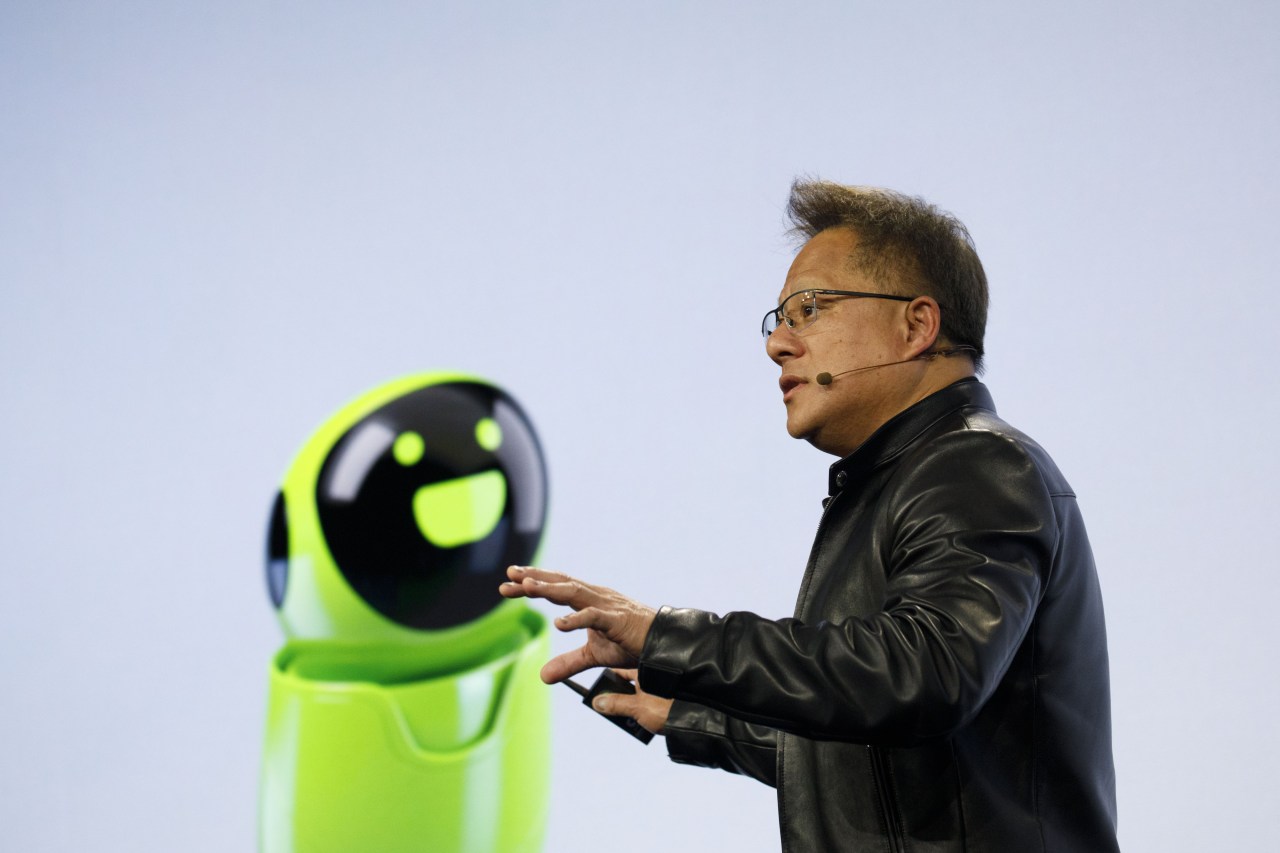Nvidia, once regarded as the undisputed leader in the realm of graphics processing units (GPUs), has weathered a tumultuous journey over recent years. Since its peak in 2018, when its stock soared to heights that left investors beaming, the company has experienced the ups and downs typical of fast-evolving tech markets. Diving deeper into their latest quarterly earnings, we can uncover lessons about resilience, adaptability, and the ongoing challenges in the competitive landscape of artificial intelligence (AI) processing and semiconductor manufacturing. Let’s break it down.
The Numbers: A Performance Analysis
Nvidia’s latest quarterly report, which closed on October 27, painted a mixed picture, with total revenues coming in just above $3 billion, a decline from roughly $3.2 billion the previous year. Net income took a harder hit, dropping by 27% to $899 million. These financial fluctuations are particularly noteworthy given the company’s past trajectory; however, the subtleties behind these numbers provide a deeper insight into the company’s current status.
Strategic Moves: The Mellanox Acquisition
A focal point for Nvidia in recent months has been its endeavor to acquire Mellanox, a strategic move to bolster its position in AI and high-performance computing. As mentioned in Nvidia’s earnings announcement, the regulatory approvals have largely progressed, yet critical approvals from both European and Chinese regulators remain pending. The indecision surrounding this merger echoes larger geopolitical tensions, especially the fraught relationship between the U.S. and China.
- Approval Status: Nvidia has confidently mentioned that they have received necessary nods from the U.S. and Mexico while still awaiting news from China and Europe. This could either pave the way for innovative breakthroughs or delay them, directly hinging on diplomatic discussions.
- Impact of Trade Negotiations: The ongoing trade negotiations add a layer of complexity, as the approval process could be used as a bargaining chip. Investors remain understandably cautious, as the absence of a deal can impact Nvidia’s operational strategy significantly.
Challenges Ahead: Stock-Based Compensation and Morale
For a tech company striving to attract top talent, stock compensation is paramount. However, the erratic rise and fall of Nvidia’s stock price have stirred concerns among employees regarding their compensation packages. When stock value tumbles, employee morale can suffer profoundly.
- Employee Compensation Dynamics: Nvidia’s stock grants reflect an intricate balance. Employee incentives are tied to company performance; therefore, if stock prices drop, so does the perceived value of employee compensation. A critical challenge lies in maintaining morale amidst fluctuating valuations.
- Market Strategies: As Nvidia adjusts its equity compensation strategy, it must consider not only retaining employees but also keeping them motivated and excited about the company’s future.
Efficient Inventory Management: A Silver Lining
Despite the turbulence, Nvidia appears to be getting a handle on its inventory—a significant concern in the chip industry post-crypto winter. Data suggest that overall inventories decreased significantly, indicating effective supply chain management. This newfound efficiency could position Nvidia strongly as they head into the crucial holiday season.
- Decreasing Inventories: The decline of raw material inventories by nearly 60% signals robust operational improvements and a more streamlined production process.
- Positive Momentum: Successfully addressing the inventory glut could serve as a catalyst for stronger future performance, potentially reassuring investors who have been wary of Nvidia’s recent setbacks.
Competitive Landscape: New Entrants and Future Challenges
Amidst its internal adjustments and regulatory maneuvers, Nvidia must also keep an eye on the evolving competitive landscape. New entrants in the AI chip realm, such as Cerebras and Graphcore, are emerging with innovative solutions, challenging Nvidia’s traditional stronghold.
- Innovation Necessity: As competition intensifies, Nvidia must accelerate its innovation initiatives to remain a relevant player in the burgeoning AI processor space.
- Strategic Partnerships: Looking forward, collaborative opportunities with startups could be beneficial in fending off competition and enhancing technological advancements.
Conclusion: Staying Agile in a Dynamic Market
Nvidia’s recent earnings reveal a complex narrative woven with challenges and opportunities. While the path ahead is fraught with geopolitical uncertainties and competitive pressures, the company’s agility in managing inventories and navigating regulatory hurdles could prove crucial. As they strategize ways to bolster morale and innovate for the future, Nvidia stands at a crossroads—where the past informs the present and shapes the future.
For more insights, updates, or to collaborate on AI development projects, stay connected with fxis.ai.
At fxis.ai, we believe that such advancements are crucial for the future of AI, as they enable more comprehensive and effective solutions. Our team is continually exploring new methodologies to push the envelope in artificial intelligence, ensuring that our clients benefit from the latest technological innovations.

